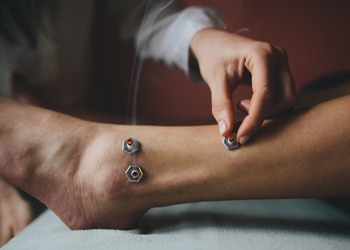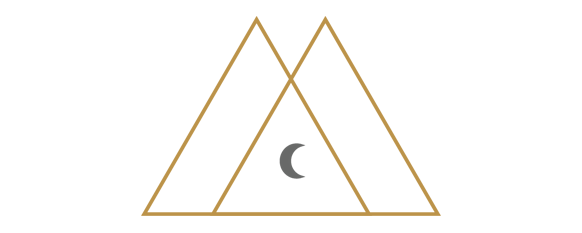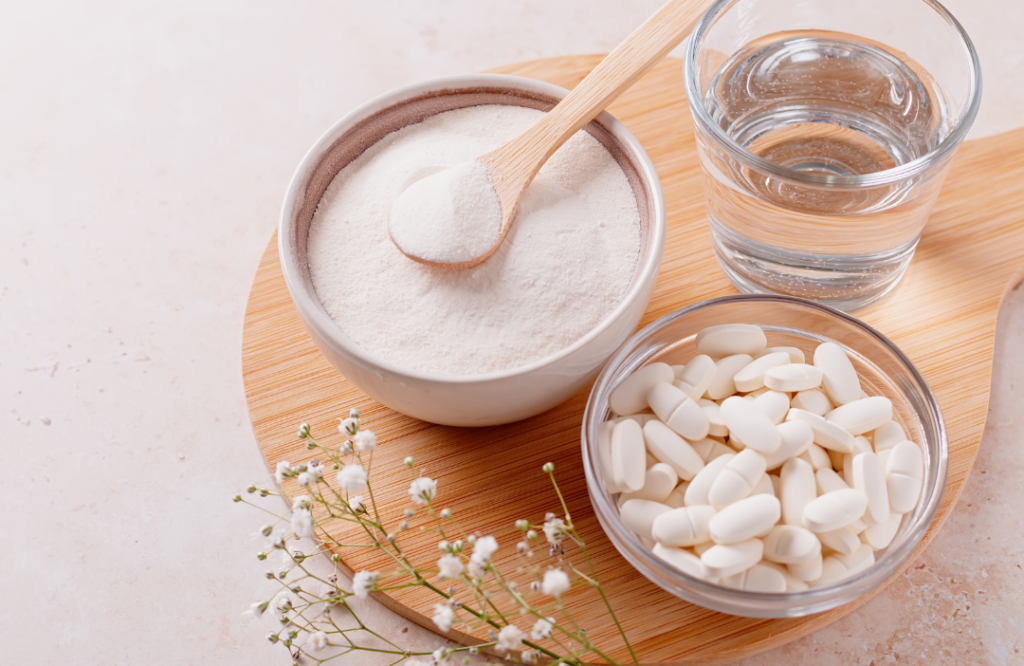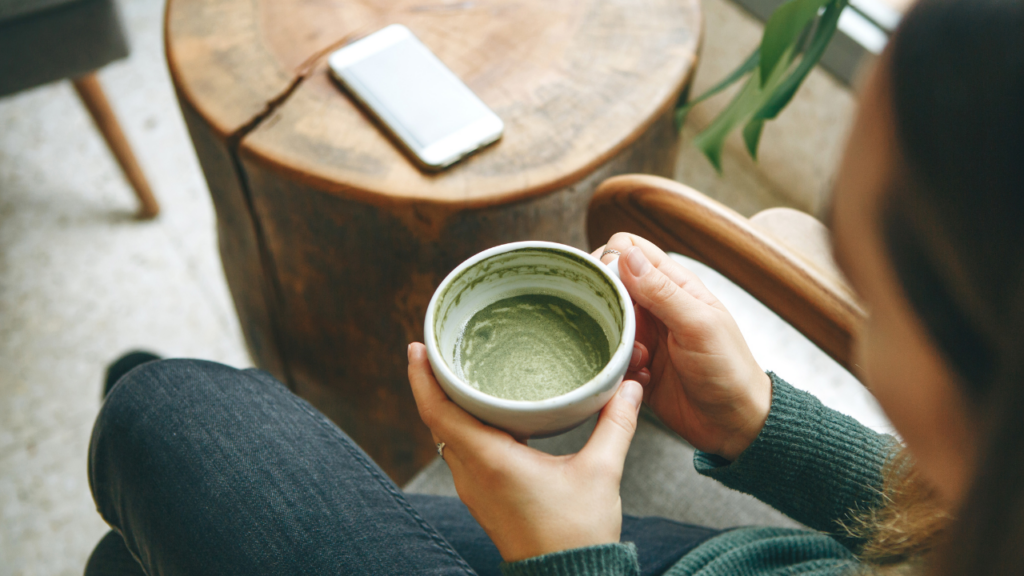What is Moxa?
Published on May 8, 2016 by Dr. Caitlin Gordon
 Moxa is a plant (Artemisia argyi Folium), commonly known as “mugwort” that is burned on or near the skin to stimulate acupuncture points. Moxa has herbal healing uses as well. Moxibustion has been used as a treatment in Traditional Chinese Medicine for over 2000 years. In fact, the second part of the name for acupuncture in the Chinese language (zhen jiu) means literally, “needle moxa”. Moxibustion can be applied directly to the skin, at the end of a needle, or above the skin. While acupuncture needles direct energy and physical resources, moxa adds energy of its own into the body. Moxa is a very safe treatment with few risks and side effects.
Moxa is a plant (Artemisia argyi Folium), commonly known as “mugwort” that is burned on or near the skin to stimulate acupuncture points. Moxa has herbal healing uses as well. Moxibustion has been used as a treatment in Traditional Chinese Medicine for over 2000 years. In fact, the second part of the name for acupuncture in the Chinese language (zhen jiu) means literally, “needle moxa”. Moxibustion can be applied directly to the skin, at the end of a needle, or above the skin. While acupuncture needles direct energy and physical resources, moxa adds energy of its own into the body. Moxa is a very safe treatment with few risks and side effects.
Moxibustion Uses
- Warming the Channels
- Moxibustion helps conditions that are worsened by cold, like arthritis. Moxa treats any pain that is worse with cold or wet weather. Injuries sustained while in a cold climate like skiing accidents or nerve damage by cold respond very well to moxibustion.
- Managing Inflammation
- Moxibustion manages inflammation from both infection and trauma by stimulating the circulatory system. Specifically, moxibustion increases white blood cell counts. Fresh blood enters the tissue and flushes out old blood and toxic byproducts of inflammation.
- Strengthening Immunity

- Moxa increases infection-fighting white blood cells to strengthen immunity.
- Improving Circulation and Moving Stagnation
- Moxa boosts circulation in the tissue near where it is burned. If there are areas where you have varicose or spider veins, or the skin feels cool, moxa improves blood flow. Without proper circulation, the body begins to create disease processes. Heat is a powerful mover of energy.
- Building Blood
- Moxa adds energy of its own to the body and in doing so it stimulates the body to make more red blood cells. In Traditional Chinese Medicine (TCM) terms, moxa “builds blood”. This technique is used to treat symptoms of blood deficiency such as dizziness, fatigue, shortness of breath, weakness, hair loss, anemia, postpartum depression and more.
- Drying Dampness
- Dampness is the TCM term for turbidity or excess mucus. It also refers to fluids that become sticky or excessive.
- Symptoms of dampness include water retention, brain fog, teeth marked and/or puffy tongue, weight gain, watery sinus drainage, loose stools, itchy ears, etc.
- Pregnancy: Turning breech babies
- Moxibustion is stimulating to both the nervous and circulatory system. It can turn breech babies. One study of 226 women showed that moxibustion plus acupuncture (compared to no treatment) resulted in a 27% decrease in the risk of having a breech baby at birth, and a 21% decrease in the risk of having a cesarean section.
Learn More about Studies on Moxibustion.
Are you in the Boulder area?
The contents of this site, including text, graphics, images, and other material are for informational purposes only. Nothing contained in this site is or should be considered or used as a substitute for professional medical or mental health advice, diagnosis, or treatment. Please schedule an appointment for personalized health advice.






